Mandate
Development of a foot drop orthosis.
Description
PRECIDAD’s mandate was to assist the inventor of a brace in completing product design, manufacturing a functional prototype and finding the manufacturing materials and procedures that met quality, performance, durability and cost requirements.
Sector
Medicine
Department
- Industrial design
- Numerical simulation
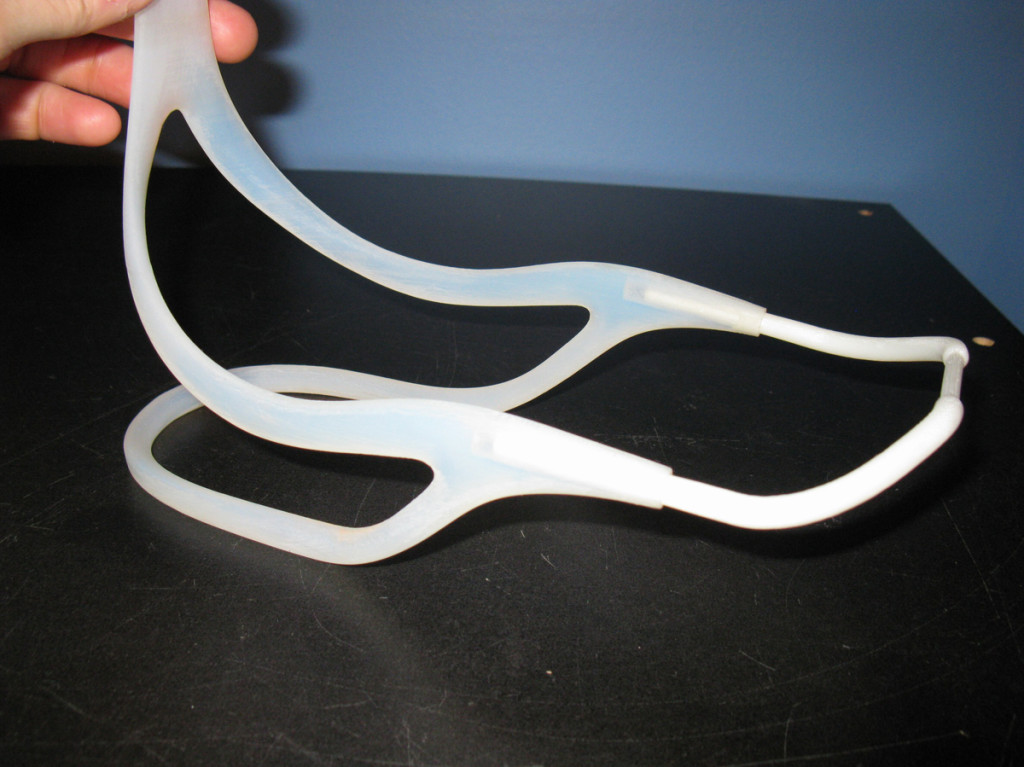
To improve his foot drop brace, which was causing him pain on long jogs, a marathon runner made his own brace for increased comfort and improved efficiency. His concept’s main innovation is that it can be worn outside the shoe, unlike similar braces that are worn inside the shoe. Since conventional braces are in direct contact with the leg, it is more likely to cause injury during sustained activity.
The “athlete/inventor” came to PRECICAD with a tested prototype (it was worn during a marathon) and a model created with rapid prototyping to show his vision of the product.
Based on the prototype and the client’s objectives, we have established a list of criterias that will serve as guidelines during development. Our mandate consisted primarily of bringing the concept to an industrialization’s level so that TurboMed can market its product.
The main criterias were
To obtain the same feel for the runner as the original prototype in terms of rigidity and flexibility
Light weight
Resistance to bending and torsion
Ability to switch shoes as quickly as possible
Ability to adjust the brace’s grip on the shoe using heat
Ability to use with different lace-up shoes
Seen as a high-tech and quality product
Pant leg should be able to slide over the brace at the calf
Stable calf attachment that can be adjusted widthwise and lengthwise
Minimize the number of components used to adjust to the shoes dimensions
Components that come into contact with the skin must breath and be easy to maintain
Aesthetically should not refer to a medical product
Annual quantity of 1,000 units
At the beginning of the project, in order to communicate our understanding and vision of the product to the client, a mood board was realised.
The first steps of the project consisted of developing some technically viable concept proposals for an initial mass production run. The proposals differ according to the manufacturing process, the number of components, materials, fasteners, etc.
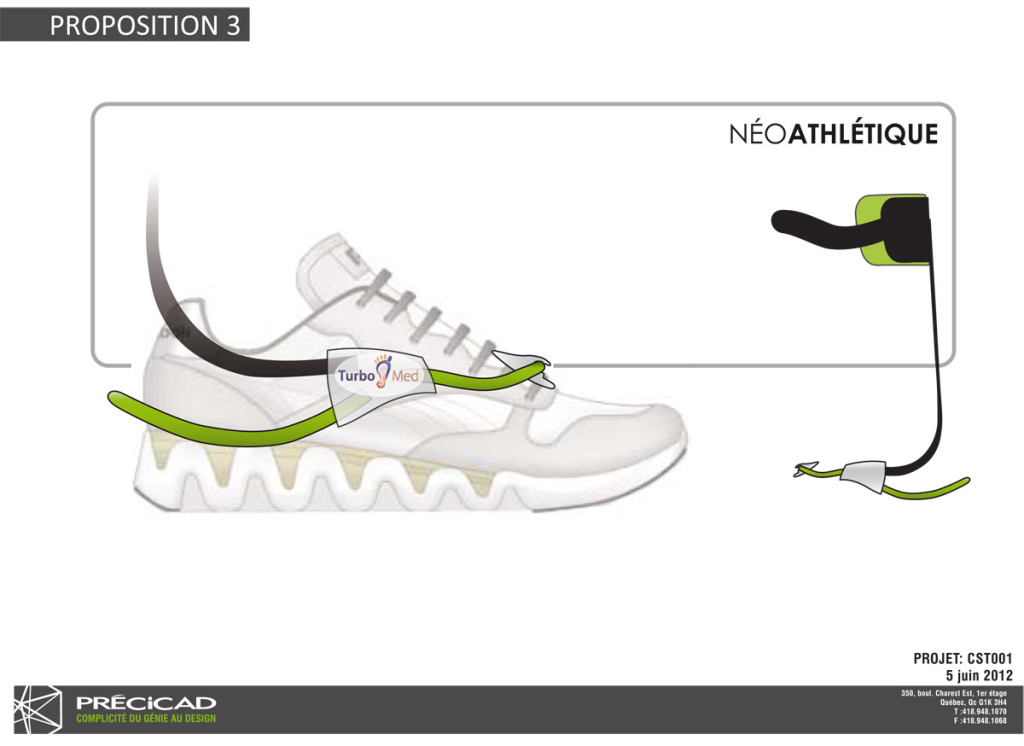
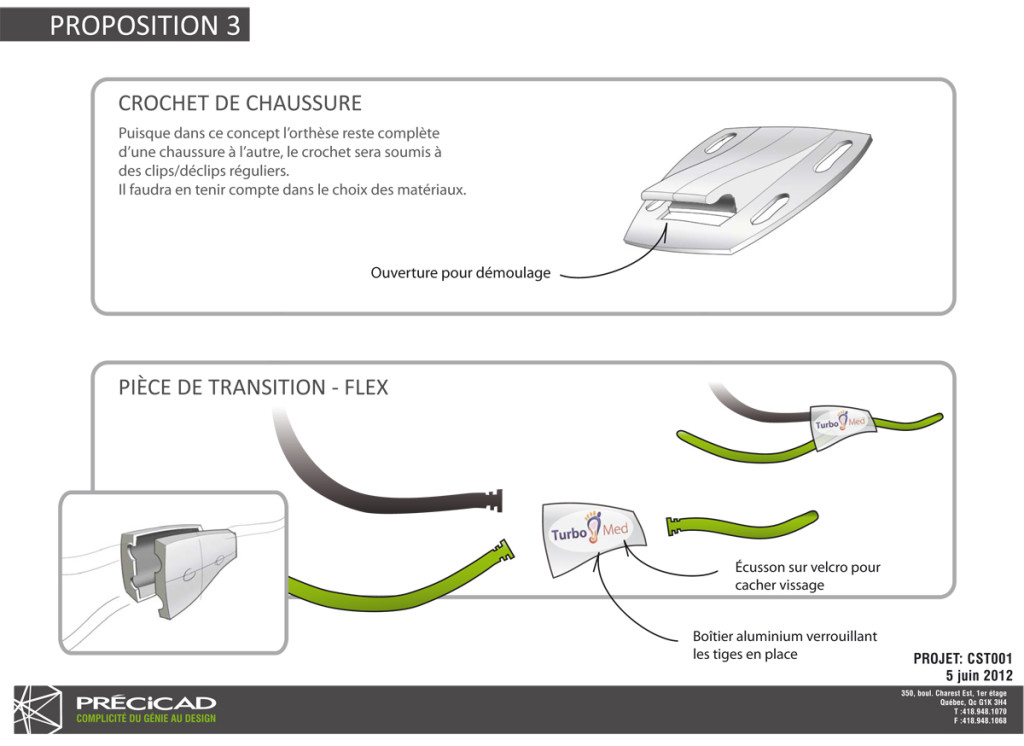
Once the concept was chosen, a 3D modeling was done. Using this virtual model, a prototype was built using 3D printing technology. This prototype was mainly used to validate the concept in terms of dimension, form, ergonomics, etc.
Once the prototype was validated, the 3D model was analyzed by the engineers. The goal was to compare the original, tested model with the new concept.
This comparison was made to determine whether there was the same flexibility and rigidity in the new model as there was in the original.
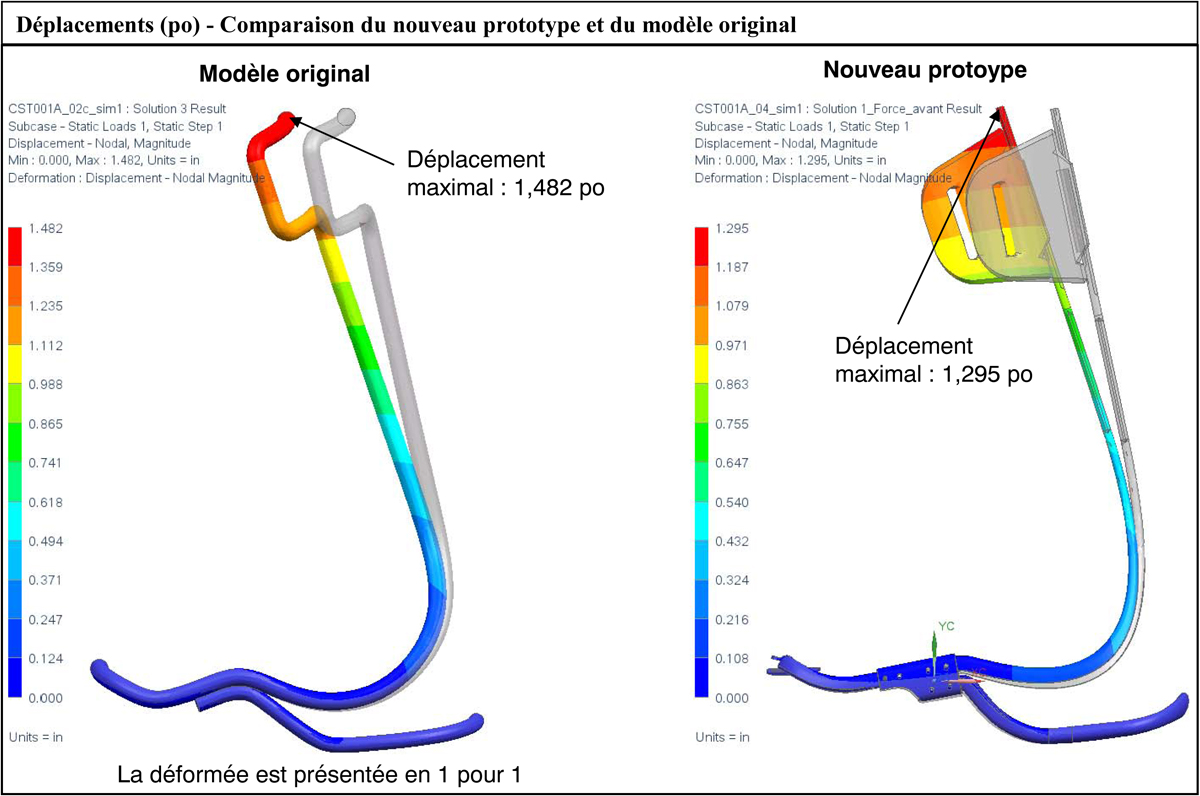
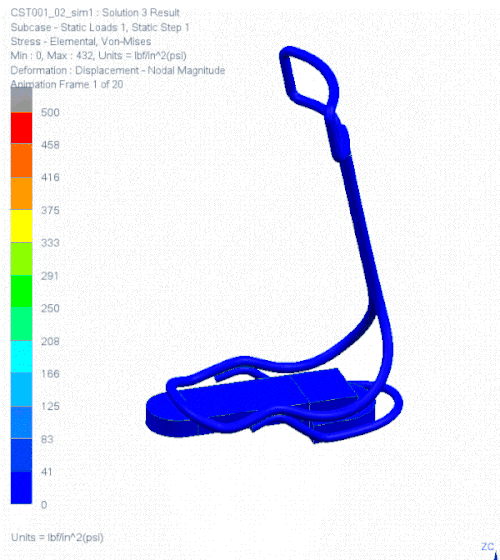
While the finite element analysis was being carried out, exhaustive research were conducted to find the right plastic for the brace, the cornerstone of the project. Very specific features are required for the brace to generate the desired effect (the feel of the brace for the runner), the right rigidity and the ability to adjust it using heat.
Supported by finite element analysts and a plastic expert, a composite was identified : fibreglass-reinforced polypropylene. The prototyping phase could therefore begin.
At this critical step, we reached out to StepOne, a company specialized in manufacturing injection-moulded prototype parts. Thanks to this technology, we were able to test the concept using real materials.
The first prototypes were physically tested under real use conditions (running, walking, etc.).
A weakness was detected in the prototypes during physical tests. The parts that were heated for adjustment reacted poorly to fatigue, and some broke. The fibreglass was identified as being problematic, therefore a new material is singled out. Based on the finite element analysis, we adjusted sections of the main components so that they would be compatible with the new material, a high performance copolymer.
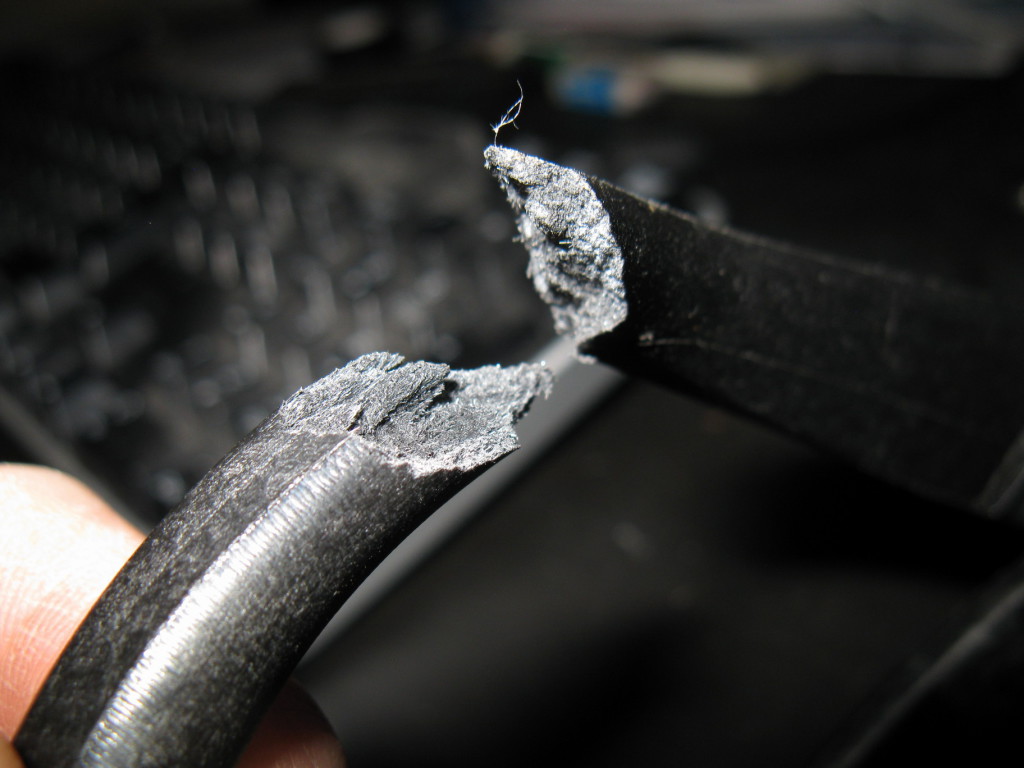
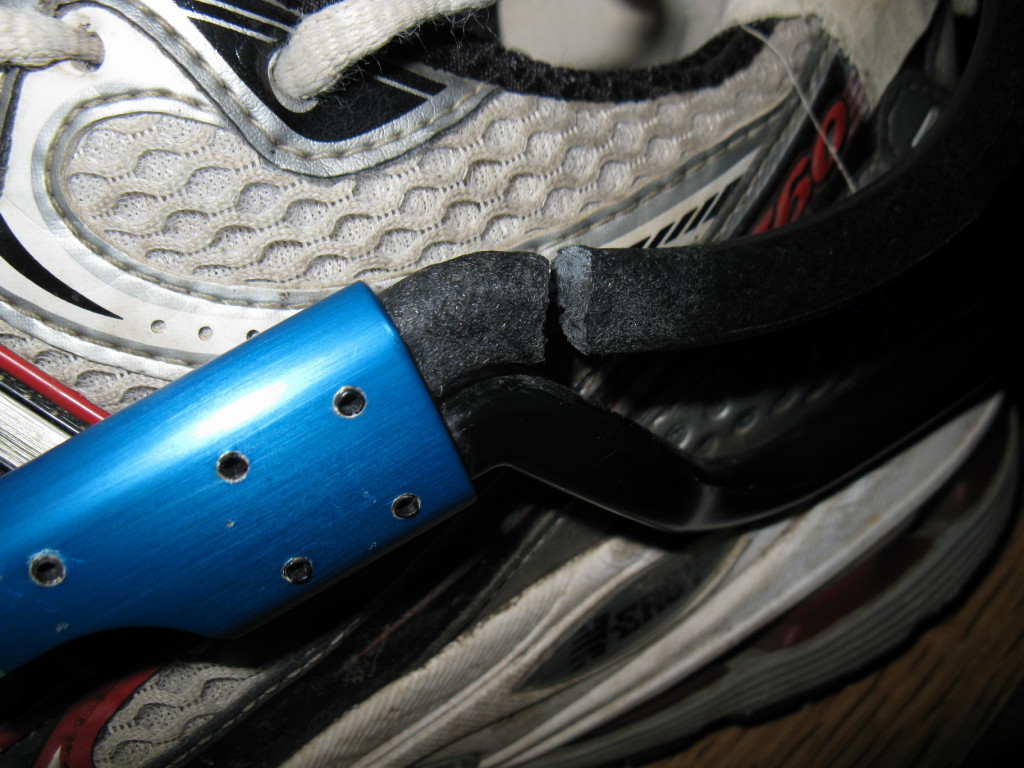
Refined design of the front shoe grip, calf support attachment and lengthwise adjustment.
Thickening of the rear rectangular rod in order to obtain greater rigidity
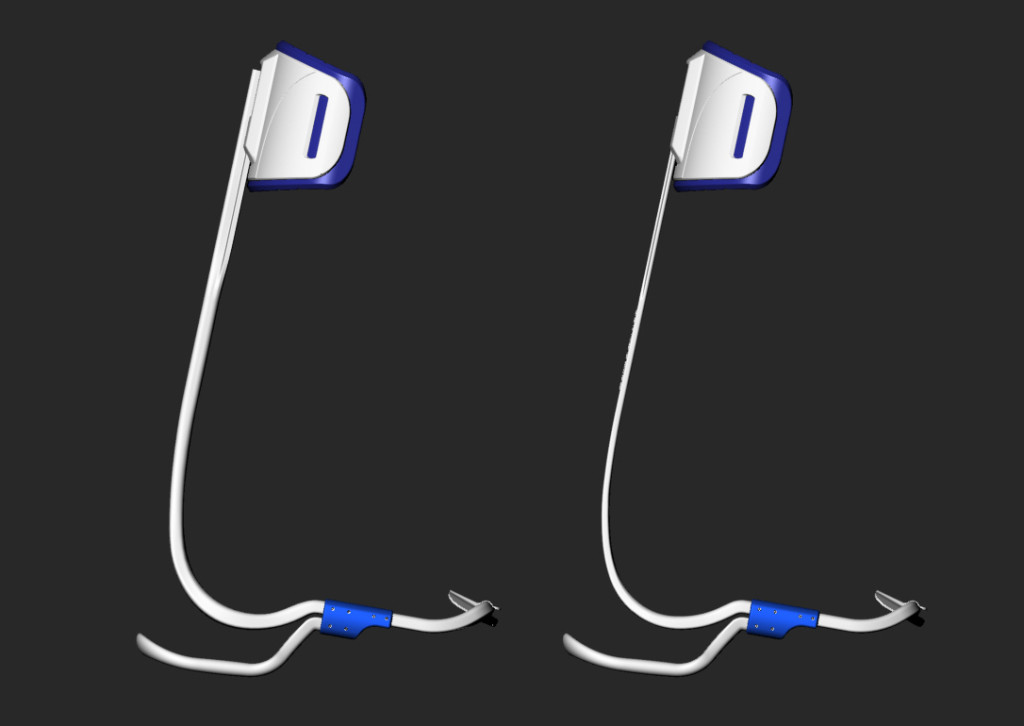
Material change for the three components in order to be able to heat them without altering the their physical properties. The new chosen material is a high performance copolymer
Calf support design refinement
Modify the front attachment to allow lateral adjustment according to the shoe on which it is used
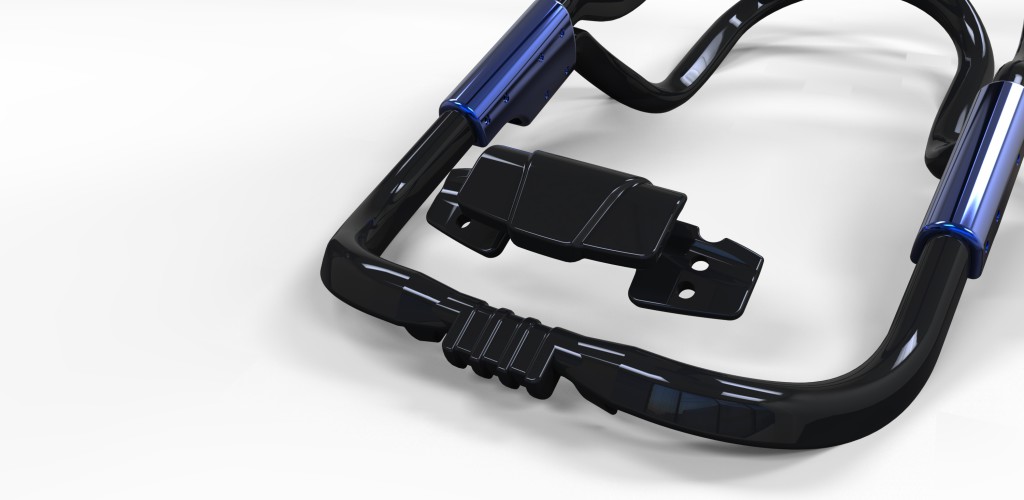
Kick off the extrusion tooling for the part that links the 3 components surrounding the foot
Brand positioning
Modify the calf support height adjustment system
Budgetary analysis revaluation
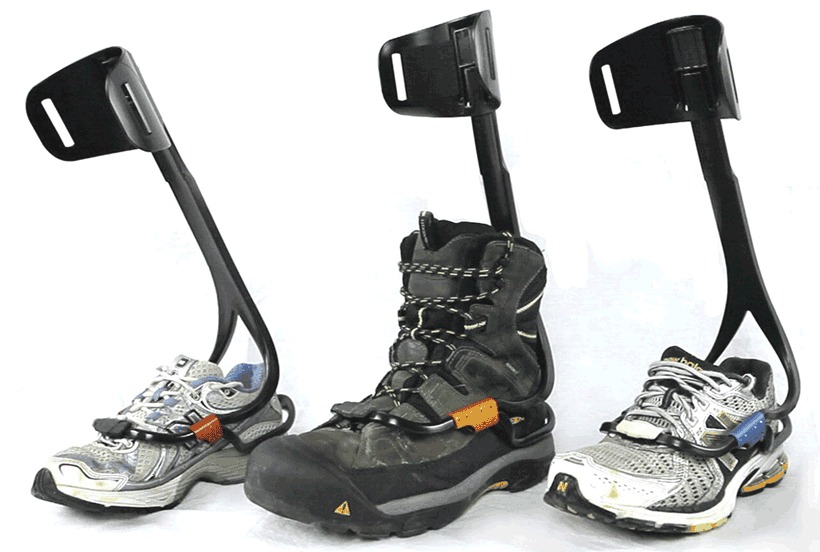
The new prototypes responded very well to various physical tests performed both under real use conditions and in test beds. Bend testing was carried out with over 1,000,000 flexion and extension movements. No visible weakness was detected. The feel of the brace on the user’s foot remains very satisfactory for the user.
In 2014, the patented brace was exposed at a medical equipment trade show and obtained great success. There was significant interest from major, well-established companies. The client could therefore kick off their production tooling.
”PRECICAD was a key player in the development and success of our product. Their dynamic team was able to successfully meet the challenges of engineering, design and manufacturing. They were able to refine the product lines giving it a stylish and distinctive look that turns heads and sets it apart from the competition.
— François Côté, TurboMed

